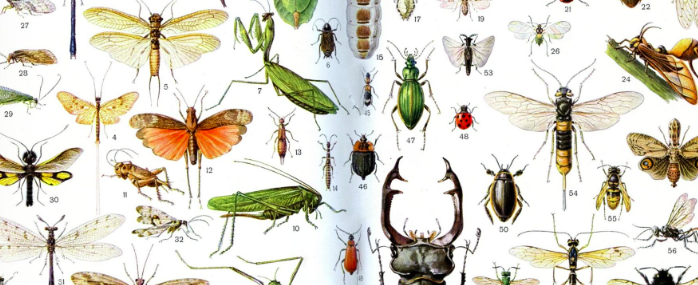
If you’ve spent hours hunting insects, transcribing notes on tiny labels, and patiently displaying dozens of specimens, you know how precious the contents of an entomological box are. Like any other valuable item, your insect collection deserves to be well protected. The main dangers that threaten it are humidity and… insects.
Too much moisture is manifested by moldy specimens and rusty pins. In order to prevent this damage, the collection should be stored in a rather dry place, where the relative humidity is ideally between 45 and 50% (always less than 65%), which prevents the development of mold.
Various insects feed on dead insects and can cause extensive damage to collections. Some of the main pests are rash and beetles (beetles), as well as tiny book lice (psocoptera).
The best way to protect a collection from unwanted insects is to keep it in an airtight box. You can put the box in a tightly closed plastic bag.
If you find any live insects in your collection, eliminate them by placing the box in the freezer for three days, tightly wrapped in a plastic bag. When you take the box out, do not open it until it is at room temperature, otherwise condensation will form on the specimens.
Other factors that cause damage to collections include dust, large temperature changes, impact and light. It is therefore important to choose the place where you store your entomological boxes and to handle them with care. Always place boxes and drawers flat. Also, avoid overcrowding specimens. If you do decide to display insects, replace them regularly to avoid discoloration of specimens by light.
The best way to ensure the protection of a collection is to regularly check the condition of its specimens. The ideal is to carry out a visual inspection at a fixed interval, which can vary between one and four months. Mark the verification dates in your calendar in advance. During the inspection, look for signs of the presence of live insects, too high humidity, discoloration, etc. Also check if there is a lack of liquid for alcohol specimens.